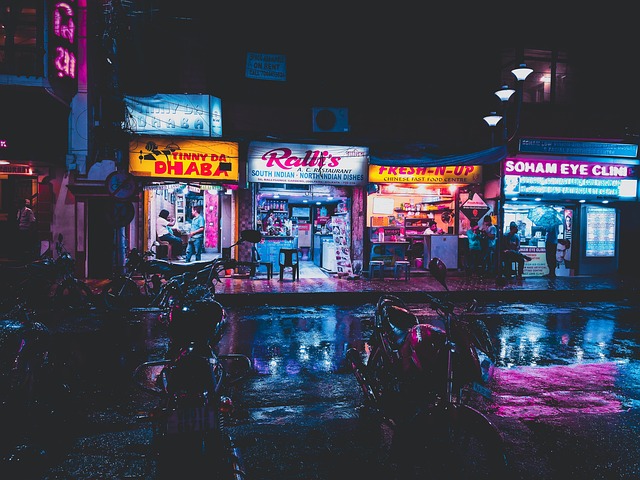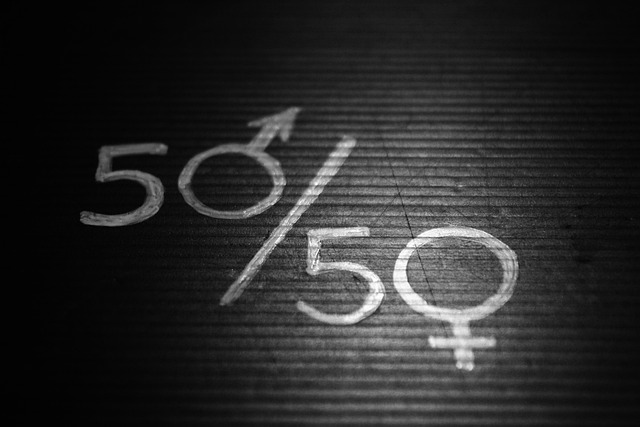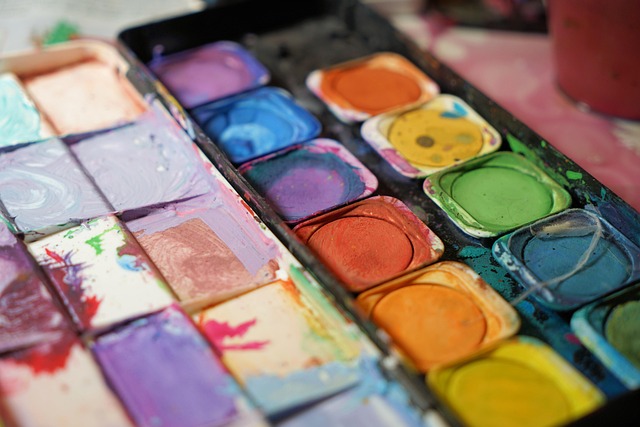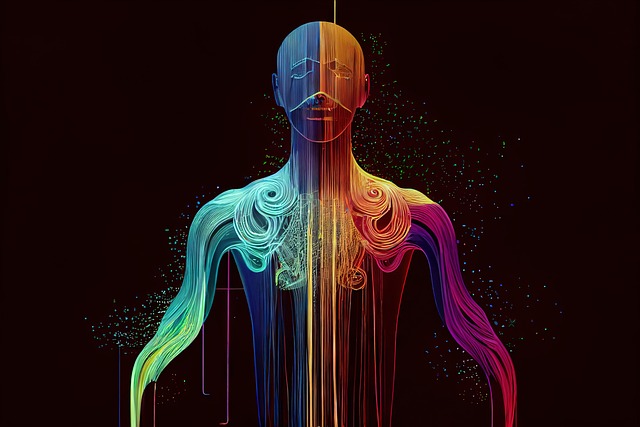In an age where visuals dominate our daily interactions, billboards emerge as powerful canvases that bridge the gap between art and design. These towering fixtures represent more than just an advertisement; they’re a statement, a connection, a fleeting moment of creativity that speaks to passersby. As we delve into the realm of billboard design, we discover how these bold graphics transform spaces and evoke emotions.
To master the art of billboard design, one must embrace the unique interplay between aesthetics and functionality. Art breathes life into any billboard, turning mundane advertisements into memorable visual narratives. Picture an urban landscape where a striking visual pops against the backdrop of towering buildings. This is where design meets art, inviting the public to pause and engage. A well-crafted billboard not only captures attention but lingers in the mind long after the viewer has passed.
The selection of color, typography, and imagery plays a paramount role in creating impactful billboards. Vibrant hues command attention, while contrasting shades can evoke specific emotions. For instance, warm colors like reds and oranges can ignite feelings of excitement, while cooler tones might evoke calmness and trust. The careful balance of these elements is where design comes into play, solidifying the message the billboard seeks to convey.
Further, the typography used in a billboard is equally critical. Clear, bold fonts ensure that messages are easily readable from a distance. Engaging fonts that reflect the brand’s personality can enhance a viewer’s connection to the design. Imagine a bold, modern font for a tech company juxtaposed with a whimsical script for an artisan bakery. Each choice sends a resonant message to the audience, crafting a narrative that persuades and inspires.
As technology evolves, so does billboard design. Digital billboards bring a dynamic flair, allowing for motion graphics and interactive elements. This innovation creates an ongoing dialogue with the audience, turning static moments into engaging experiences. Designers can experiment with animations that capture attention and can even provide real-time information, transforming traditional billboards into hubs of communication.
The placement of a billboard is another crucial aspect of its design. Whether nestled in a bustling city street or overlooking a serene highway, the location significantly affects a viewer’s interaction. A well-placed billboard resonates more profoundly, as it aligns with the audience’s context and lifestyle. Billboards in high-traffic areas not only gain visibility but also stand as landmarks, calling for creative strategies that cater to specific demographics.
Moreover, social responsibility in billboard design is becoming increasingly relevant. Brands are reimagining their messaging to align with cultural movements, using their platforms to promote sustainability, diversity, and community engagement. This shift reveals how billboards can transcend marketing tools, becoming channels for progressive dialogue within society.
In this journey of mastering billboard design, every detail counts. From conceptualizing a visual to the final execution, each step is an art form, a dance of creativity that transforms the mundane into the extraordinary. Billboards, thus, are not merely large displays of advertisements; they are potent tools of communication that, when designed thoughtfully, can brighten spaces and inspire communities.




